The Origins of Our Disaster Relief: The Great Galveston Hurricane of 1900
My last post traced the very first seeds of our disaster relief program to the production of dressings to help wounded soldiers in 1898. Even though the costs of making these dressings turned out to exceed the price received for them, Johnson & Johnson supplied them because they were urgently needed to treat battlefield injuries. Two years later, Johnson & Johnson went a step further and donated products because of another immediate need…this time due to a natural disaster.
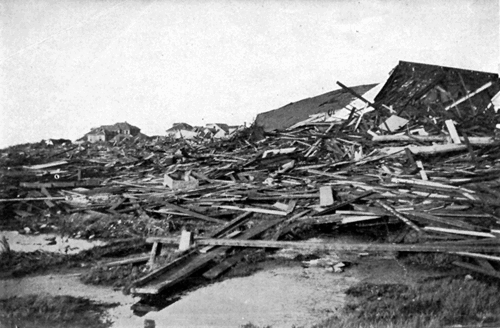
Aftermath of the Great Hurricane of 1900 in Galveston. Photograph courtesy of The 1900 Storm, Galveston Island, Texas (www.1900storm.com), Galveston Newspapers Inc.
The earliest recorded incidence of Johnson & Johnson providing disaster relief was in the aftermath of the huge hurricane that devastated Galveston, Texas on September 8, 1900. Galveston was a prosperous port and one of the wealthiest cities in the United States when it was destroyed by what would be classified today as a Category 4 hurricane. The city was built on an island, it was barely above sea level and it had no seawalls or other protections. The Weather Bureau existed back then and it did issue warnings. But without modern ways of measuring the storm, no one realized how severe the situation would be. As a result, the citizens of Galveston were unprepared for the magnitude of the hurricane when it changed course and hit the city.
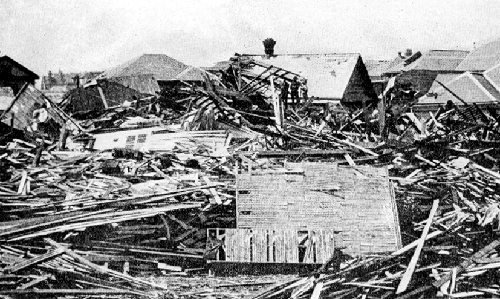
An example of the storm's destruction in Galveston. Photograph courtesy of The 1900 Storm, Galveston Island, Texas (www.1900storm.com), Galveston Newspapers Inc.
Besides the destruction from the rain, heavy winds and flooding, a wall of debris two stories high was forced through Galveston by the storm surge, destroying everything in its path. Twenty percent of Galveston’s population (it’s estimated between 8,000-12,000 people) lost their lives and many more were injured, making the hurricane of 1900 the deadliest natural disaster in U.S. history. The city never fully recovered, and the local economic base shifted to Houston.
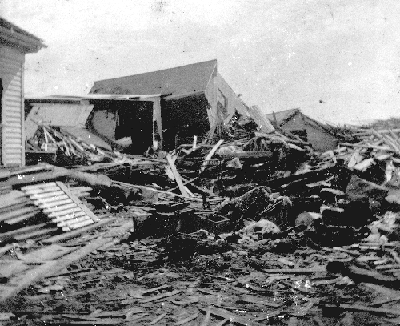
Buildings destroyed by the hurricane in Galveston. Photograph courtesy of The 1900 Storm, Galveston Island, Texas (www.1900storm.com), Galveston Newspapers Inc. With telegraph and telephone lines down and trains unable to get through, the city was cut off from communication with the rest of the world. This caused The New York Times to report on September 9, the day after the hurricane, “Galveston May Be Wiped Out By Storm, Fear that the Island City Has Met with Great Disaster.” (To read that Times article, please go here.) Richard Spillane, the editor of the Galveston Tribune, was commissioned by the Mayor and citizen’s committee to commandeer a boat (the only way out of Galveston at that point) to get out of the city and appeal for help. He did, sending a telegram to President William McKinley.
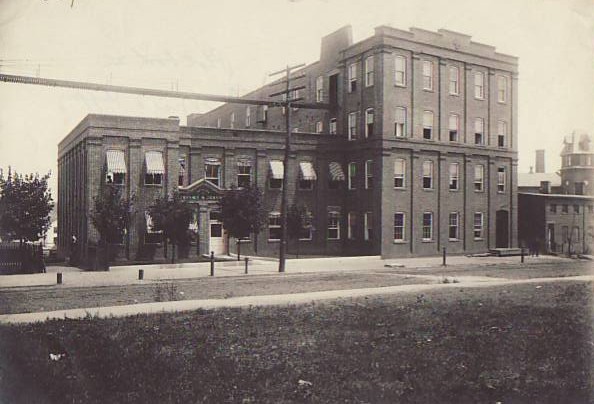
Johnson & Johnson Offices and Shipping Department, circa 1900
As soon as word started to get out about the scale of the disaster, Johnson & Johnson sent immediate help. Fred Kilmer wrote: “…in the Galveston flood, all drug stocks were destroyed, and Johnson & Johnson immediately forwarded emergency supplies by express at their own expense.” [THE RED CROSS MESSENGER, Vol 5, No. 8, January 1913] The Company also offered aid to Galveston physicians, druggists and their families. The medical supplies donated by Johnson & Johnson were used by relief workers in Galveston to treat the injured and help survivors.
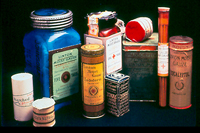
Some of the Company's medical products circa 1900
Just six years later, the Company would increase the scale of its donations in the aftermath of the San Francisco Earthquake. To read about that, stay tuned for my next post. (If anyone’s interested in reading further about the Galveston hurricane, there are eyewitness accounts here. There are photographs and even films of the damage -- by one of Thomas Edison’s assistants -- the films are here.)
